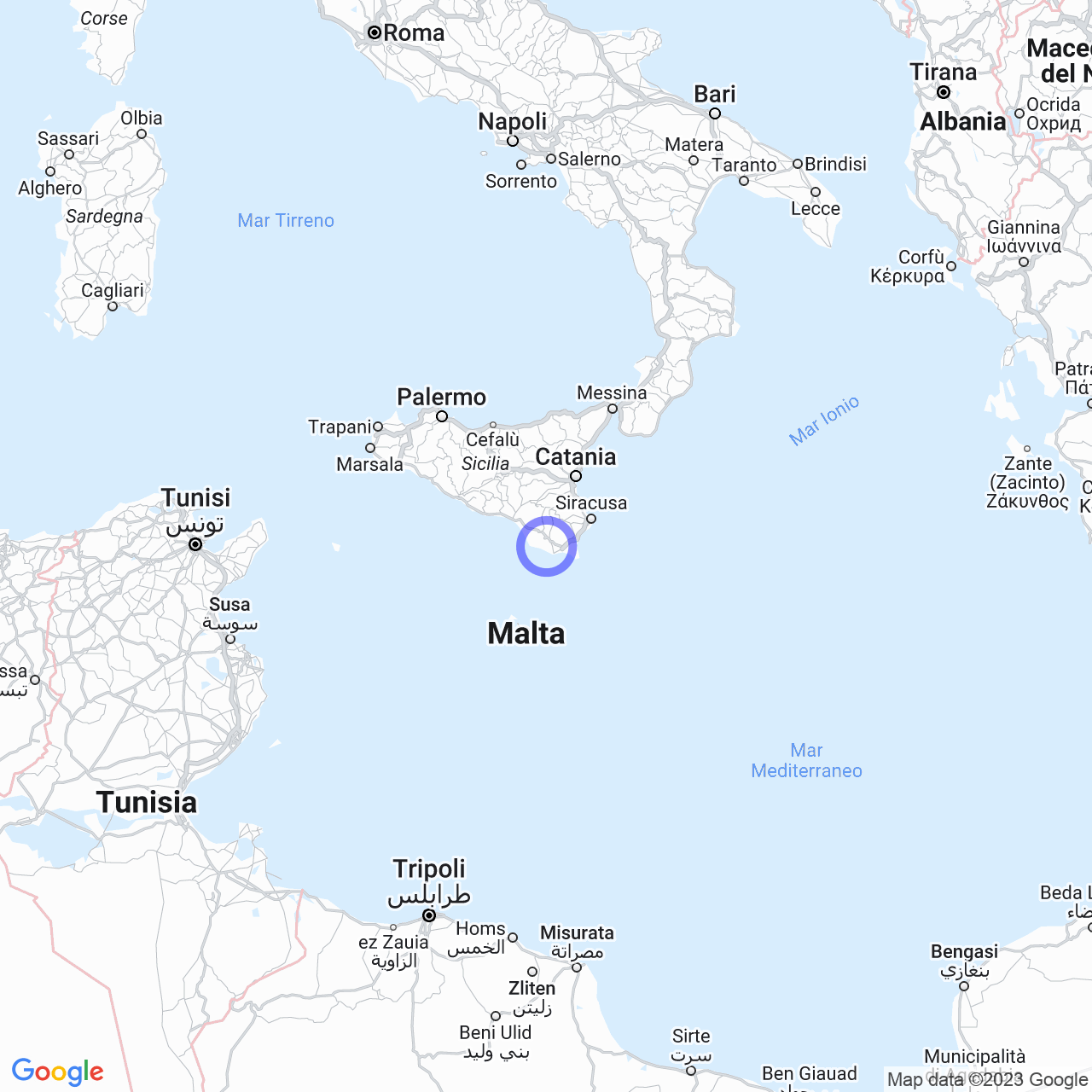Scicli
Scicli: a city with a thousand-year history
Hello friends! Today I'm taking you to discover Scicli, a city in the province of Ragusa in Sicily. With its 26,843 inhabitants, Scicli is a city with a unique charm, where the millennial past blends with modernity.
Physical geography
Scicli is located at the intersection of three valleys, surrounded by houses that climb the cliffs and the ancient Baroque acropolises. The municipality extends from the sea to the southern foothills of the Iblean plateau, offering a great variety of landscapes.
From the low and sandy coast to the gentle slopes of the hinterland with olive trees, almond trees, and carob trees, to the limestone hills of the northern and inner part, Scicli is a city with many facets.
The municipal territory is crossed by several watercourses, which have carved deep gorges in the plateau, creating a unique landscape. The modern city is located in the basin where three main canyons converge: the Modica-Scicli stream, the S. Maria La Nova stream, and the S. Bartolomeo stream.

Name origins
The origins of the city of Scicli date back to the Siculi period, ancient peoples of the sea. The name probably derives from ''Šiclis,'' one of the appellations used to indicate the Siculi.
Traces of human presence in the territory of Scicli date back to the Chalcolithic period, and the Greek era is attested by the remains of the Greek settlement near the mouth of the Irminio. The city was also frequented by the Carthaginians, present on the island until the Romanization that occurred in the 3rd century BC.
History
Scicli is in a strategic position, which made it a forced passage point. The city was one of the first centers of the Siculi, then passed to the Greeks, Carthaginians, and finally the Romans.
During the Byzantine era, Scicli became an important religious center, with the construction of numerous churches and monasteries. Later, the city fell under the dominion of the Arabs, Swabians, Angevins, and Catalans.
But Scicli's golden period was the late Baroque era, which earned it the title of a UNESCO World Heritage Site in 2002. The city, together with seven other municipalities on the list of Baroque cities of the Val di Noto, was a flourishing cultural and artistic center.
Monuments
Today, Scicli is a city with many works of art, including the Cathedral of San Bartolomeo, the Spadaro Palace, the Beneventano Palace, the Fava Palace, the Grimaldi Palace, the Convent of the Capuchin Friars Minor, the Church of San Matteo Apostolo, the Church of the Consolation, the Church of San Giovanni Battista, and the Church of Santa Teresa.
But Scicli's most famous monument is undoubtedly the Municipal Palace, better known as "Palazzo dei Bianchi." Built in the 18th century, the palace was used as a set for the famous television series "Inspector Montalbano."
Discovering Scicli
I hope you enjoyed this quick overview of Scicli. The city is an incredible place, with a millennial history and a unique charm. A visit to Scicli is an extraordinary adventure, which will take you to discover an unparalleled artistic, cultural, and natural heritage.
Don't miss the opportunity to visit this unique city in the world and let yourself be fascinated by its timeless beauty!
